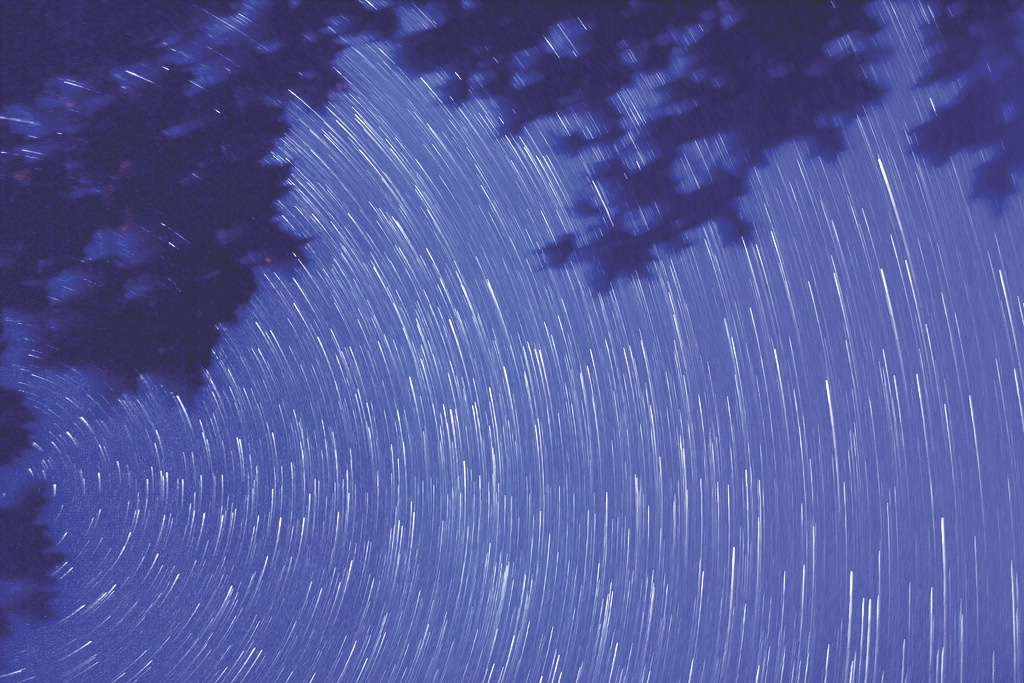Thanks to the help of SLU Professor Aileen A. O-Donoghue and Dominic Ford’s incredibly informative astronomical calendar, I bring to you this week’s sky events:
Since this will be our last week to discuss sky events for sometime, I figured it might be fitting to lightly preview some notable events for the remainder of the month, rather than just this week. One thing worth starting with is that there are numerous meteor showers coming up, three of which will be peaking just this week!
The Cassiopeid shower on December 6 can be found in the constellation Andromeda, making it circumpolar in this area, with a radiant point that is always visible and above the horizon. Puppid-Velid will peak December 7, in the constellation Vela, made visible around 1:25 a.m. as it moves above the Horizon. According to Ford, the number of visible meteors will increase as the shower’s radiant point moves higher in the night sky.
Later, on Thursday, December 9, the Monocerotid shower will peak at around 2:00 a.m. in the constellation Monoceros. As usual, I would like to note that the peak time does not mean that meteors can only be seen at this time. It just indicates the peak rate and when the meteors will be heating the earth straight on, making for short lived streaks.
Personally, I prefer to view at other times in the night when meteors fall less frequently but hit the earth at a more oblique angle, making for shooting-stars with longer lives streaks. It might feel like it is not worth waiting in the cold, but who knows, you may get lucky and see one right off the bat. However, if you’re too busy this week, or even the next, Ford’s Astronomical calendar under the News tab of his website provides every peak date for every meteor shower coming up this month. So, if you find yourself curious over break, I highly recommend checking it out!
A couple other events worth looking out for are this month’s Full Moon on Saturday December 18 and the Winter Solstice on Tuesday December 21. I believe we all know the significance of the Full Moon and its important placement in the middle of the Lunar cycle. However, one may know less about the significance of the Winter solstice, also called the December solstice. This day marks the first day of winter for the Northern Hemisphere and the first day of summer for the Southern Hemisphere, but what is actually going on?
For starters, we often say that the sun rises in the East and sets in the West, which is mostly true. However, the only time the sun rises and sets due East and West is on the equinoxes. This is because of the placement of the sun’s path moving back and forth throughout the year and of the tilt of our planet and its revolution around the sun. So, in the Northern Hemisphere, the sun rises higher in the sky in the summer because its path is on the Northern side of East and West. In the winter, the sun’s path moves to the Southern side of East and West, meaning it will not rise as high above the horizon each day. Having said all that, the winter solstice will indicate when the sun reaches its southernmost point in the sky, which also makes for the shortest day of the year. Therefore, just before Christmas, the days will start getting longer again, by about four minutes each day. And for anyone already wishing for spring time, just remember that it is coming at us at about 67,000 miles per hour, so it should be here in no time. In the mean time, I hope you all have a lovely break and a happy holiday. And that you find yourself looking up at the sky when gotten the chance.



